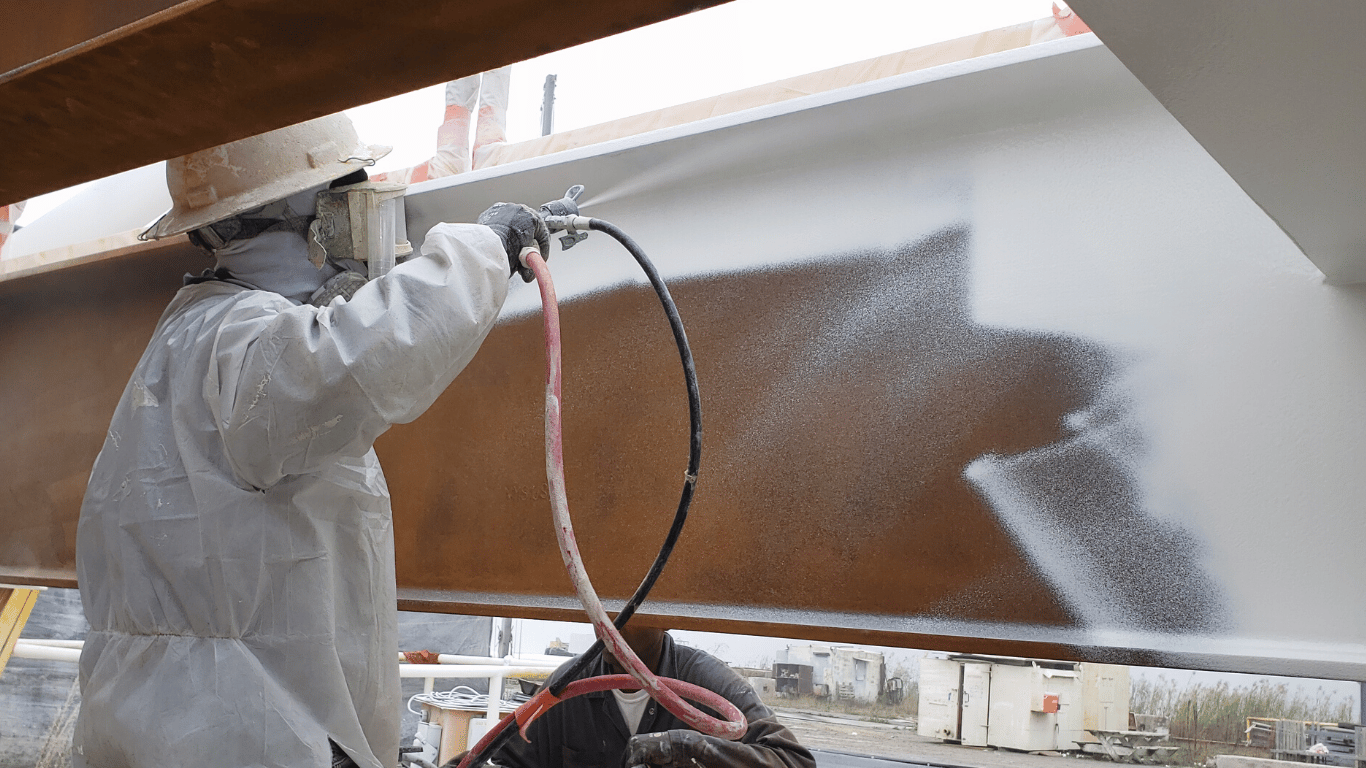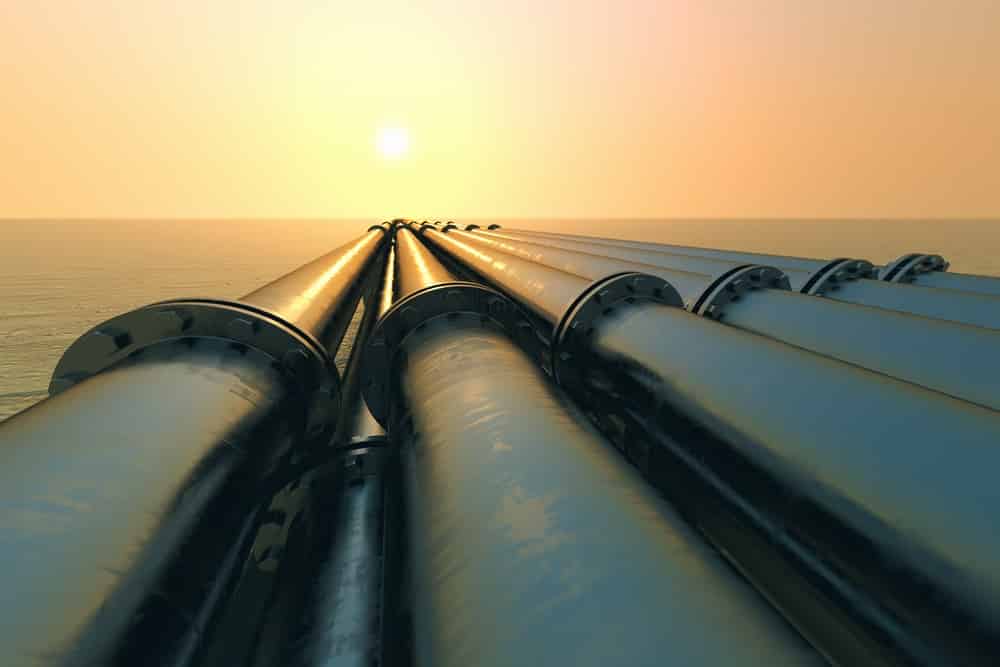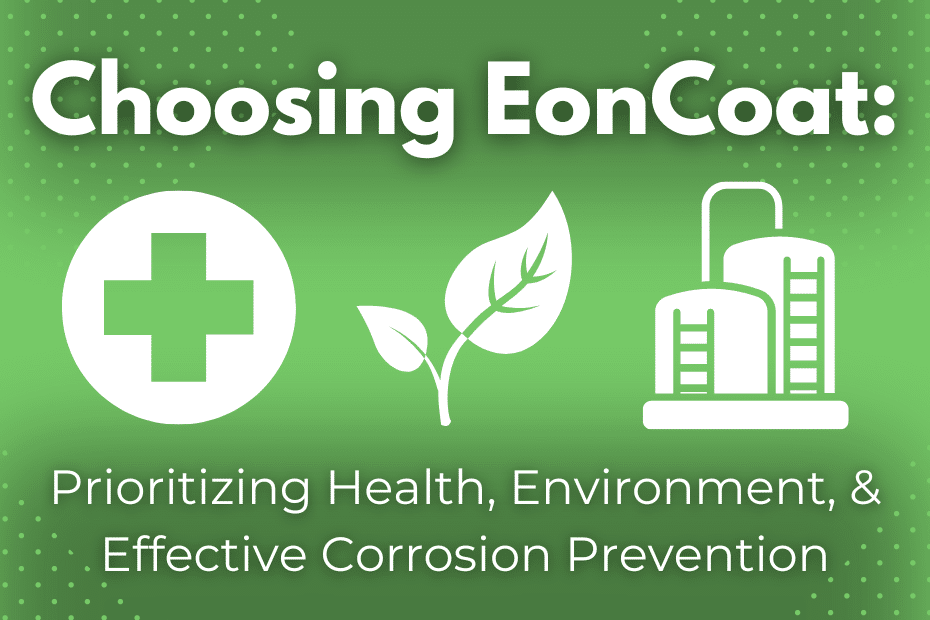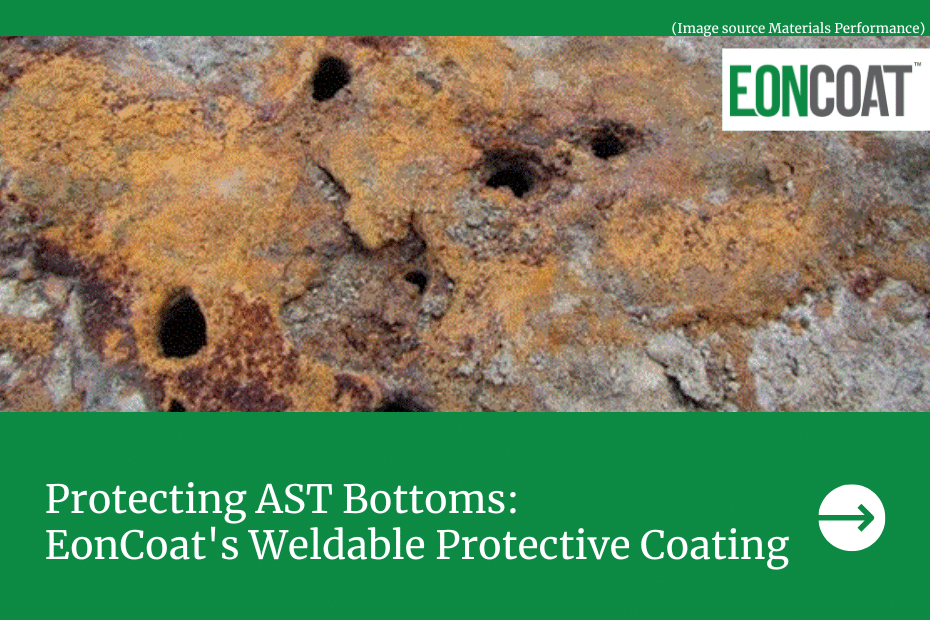Over the past few decades, great strides have been made in developing environmentally-friendly coatings. Some of these innovations were made in order to comply with new government regulations, but many of them were driven by the market. More consumers have taken an active interest in sustainable products that are more efficient and safer, both for the environment and the health of the people who are exposed to them.
Paint coating technology will continue to evolve in response to environmental and commercial concerns, but significant improvements have already been made. Read on to discover why and how.
Negative Effects of Paint
Unfortunately, the chemicals in paint can cause a variety of negative environmental effects when they are manufactured, applied, and used. Here are some of the factors that drive the need to develop more eco-friendly products:
- Hazardous air pollutants and odors. These can affect people in an indoor environment or can spread over a large area if released into the outside air. Personnel working around paint coatings at each stage of their creation and use are at risk.
- Volatile organic compounds (VOCs). These are emitted from solids or liquids as vapors or gases, potentially becoming hazardous air pollutants. They can cause health issues ranging from eye irritation, breathing difficulties, headaches, and nausea to kidney damage, nervous system damage, or cancer. VOCs can also contaminate groundwater and drinking water supply wells, creating additional risks.
- Energy consumption. This occurs when paint coatings are manufactured, so it is necessary to develop new processes that use less energy to produce them. Coatings can affect the energy efficiency of the assets they are used for as well.
- Paint disposal. This can introduce toxic waste into the environment if performed improperly. Continuing efforts are needed to reduce the amount of excess paint produced, which consumes energy and creates waste. Strategies for using or recycling excess paint are also important.
Changes to Minimize Negative Effects
Various measures have been taken to reduce or eliminate the negative effects of paint coatings. The use of some chemicals has been restricted by law, and others are under scrutiny due to their potentially harmful effects. Examples of these chemicals include bisphenol A (BPA), N-methyl pyrrolidone (NMP) solvent, isothiazolinone preservatives, and nonyl phenol-based surfactants. This means that new products must be developed that are equally or more effective at performing their intended function, but without the potential for environmental damage.
In 2015, the Chinese government enacted a 4% tax on any coating that has a ready-to-spray VOC level exceeding 420 g/L in order to combat the country’s severe air quality problems. New vehicle original equipment manufacturers in China are also required to use only coatings that are waterborne or contain low levels of VOCs. Such regulations provide an additional economic incentive for coating manufacturers to formulate more environmentally friendly products.
New coatings can now extend the lifespan of assets treated with them because they reduce corrosion and photo-oxidation. Some new coatings feature an inorganic product that prevents corrosion and improves the health and safety of employees and the public by eliminating VOCs, hazardous air pollutants, and odor. There are also some that remove the risk of fire because they have no flash point and allow no flame spread. More durable assets save money while reducing the environmental costs of manufacturing new assets.
Positive Results
Improved coating formulations and processes have already shown positive environmental impact, and new innovations are constantly being developed to continue this eco-friendly trend. Here are just some of the positive results seen so far.
Reduced Emissions
Even though the use of architectural coatings has increased over time, VOC emissions have decreased. Many companies now make paint with lower odor and emissions to improve indoor air quality. In the United States, toxic releases from paints and coatings decreased 81% between 1990 and 2014. Hazardous air pollutant emissions decreased by 82% in the same period, and toxicity-weighted hazardous air pollutants were reduced by 94%.
Use of More Eco-Friendly Materials
Nearly 75% of coatings sales worldwide are now for products using environmentally sound coating technologies such as waterborne, powder, and high solids — a percentage that has steadily grown and is expected to continue. In fact, more than 90% of architectural coatings sold in the U.S. are now water-based. The solvent content of coatings has been reduced, and many toxic raw materials have been eliminated as ingredients.
Increased Energy Efficiency
Energy efficiency has been increased as well. The amount of electricity used for heat and power by the paint and coatings industry was reduced by 17.8 % between 2007 and 2012. Energy savings created by using efficient coatings take a variety of forms. The temperature required to cure coatings has been reduced and painting processes have been simplified, requiring less energy to complete. Lightweight substrates reduce emissions and save fuel. New coatings reduce drag on ships by making them resistant to barnacles that build upon the hull and slow the ship down. Improved coatings can also assist with the dissipation or reflection of heat. For example, a building with its roof treated with such a coating can significantly reduce cooling costs inside.
Reduced Waste and Proper Disposal
Reducing waste in the paint coating industry has been an ongoing priority. Collection and recycling of unused paint have increased. The generation of hazardous waste has been reduced, and the American Coatings Association reports that now ” 97% of all waste solvents from paint and coatings manufacturing facilities are reclaimed for future use.” Between 1995 and 2013, the industry reduced its total production waste by 48% and increased the percentage of the total waste recycled by 81%. To prevent waste and disposal issues before they occur, electronic calculators are being used to determine precisely the amount of paint needed for a given project.
Excellent progress has been made to make paint coatings more environmentally responsible, but more work lies ahead. Continuous innovation in paint coatings promises a greener, more efficient future while reducing both financial and environmental costs.
How EonCoat has a solution for the environment.
EonCoat was designed for corrosion protection but during its entire development process. One thing that was crucial for Sameer Patel the Principal Scientist for EonCoat and the great mind behind EonCoat was a low environmental footprint. The result is a truly exceptional performing coating that is water-based, inorganic, with no VOCs, no Toxins, no HAPs, & non-flammable. Discarding of EonCoat is simple because of its ceramic nature. Simply, mix till it hardens. It will create harden and give you a pile of rocks. Then simply discard into the trash. No solvents are needed for a cleanup. Just water.
What does this mean for the environment? No dangerous waste, no emissions impact, and no safety concerns when applying.

Ready to Learn More About EonCoat?




Comments are closed.